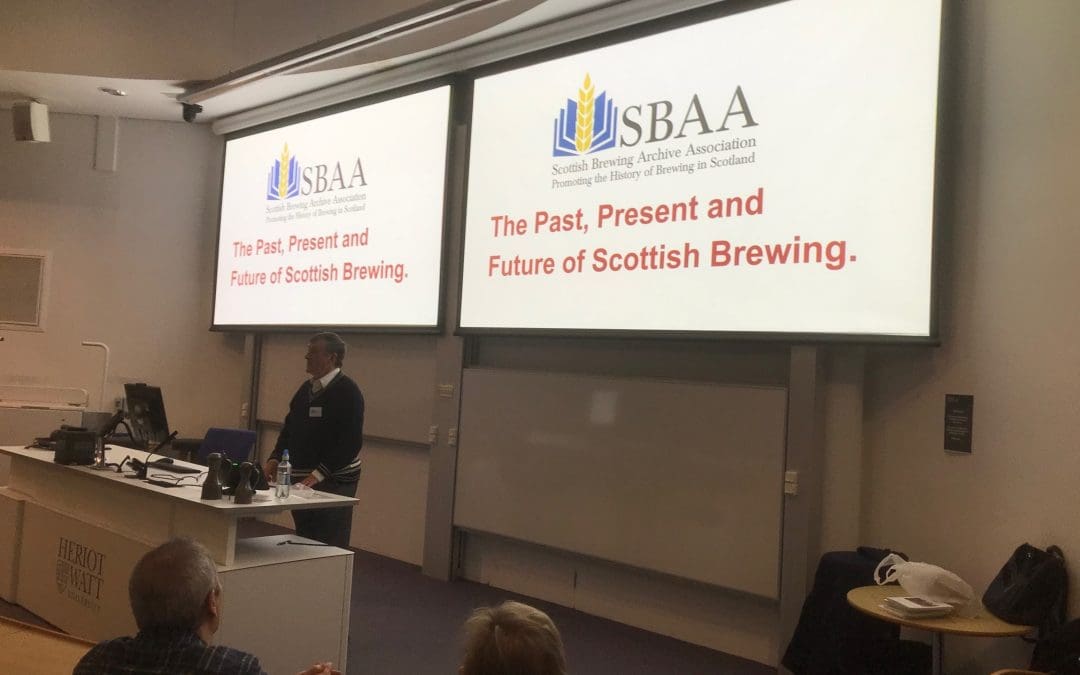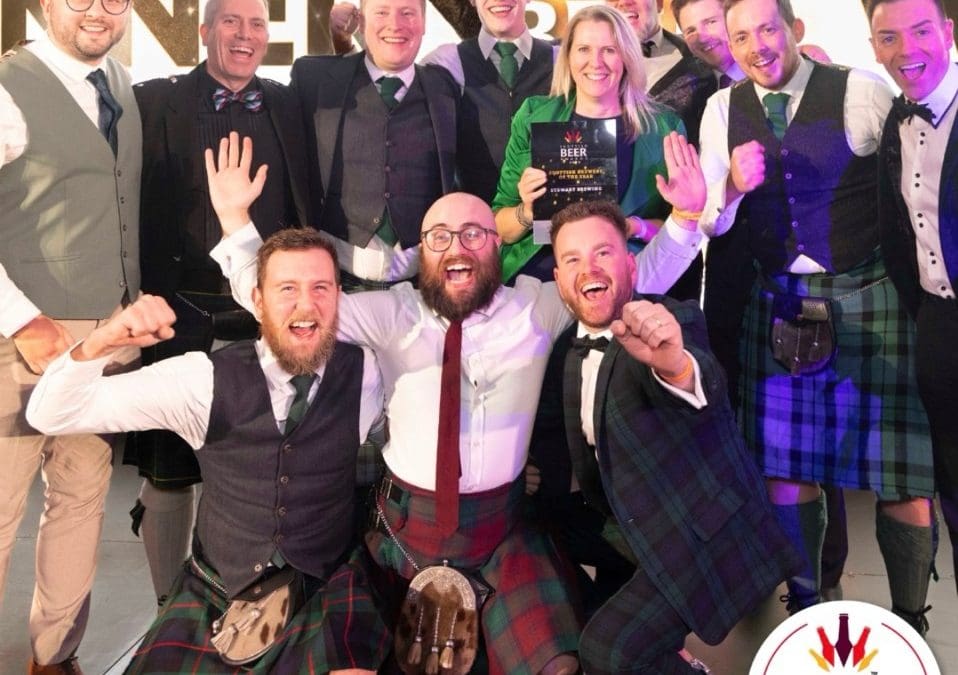1. Chairman’s Statement:
Welcome to the July Newsletter. The Newsletters are issued on a quarterly basis to coincide with the four seasons of the year, Spring, Summer, Autumn and Winter. Did I say Summer, looks like it is still to make an appearance, well here’s hoping it does.
Every time I listen to the News, there is always bad news with conflicts throughout the world or extreme weather conditions and let’s not mention Scotland’s performances at the Euro’s.
Well, I have some good news for you regarding the SBAA. You may remember from previous newsletters that the SBAA gave a financial donation in the memory of Les Hutcheon, to Glasgow University Archives and Special Collections to complete the online cataloguing down to item level for all breweries in the collection. I am pleased to announce that this work has now been completed. Our grateful thanks to Clare at the archive and to all who were involved in this. Please read the instructions that follows, Discovering the brewing collections at the University of Glasgow, on how to access these records for any future research undertaken. Over to you.
Additional set of instructions in more detail will be emailed to you separately after the issue of the Newsletter.

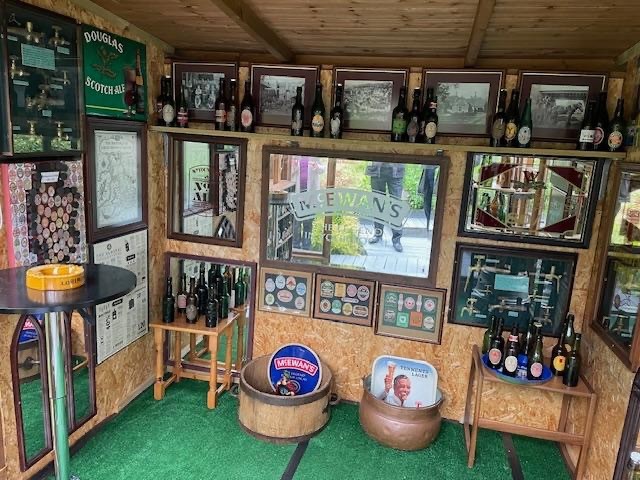
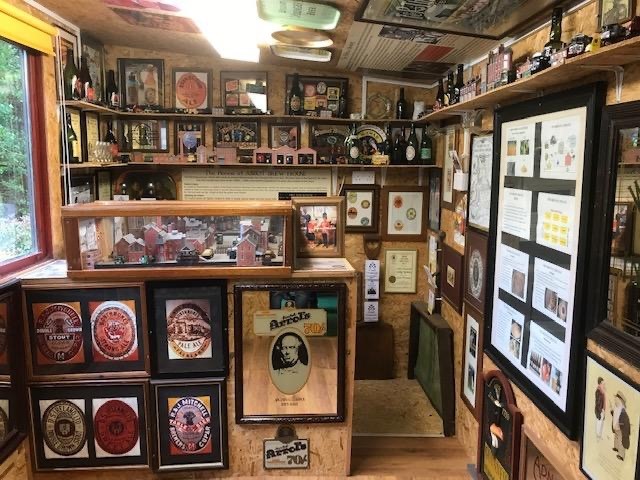
Congratulations goes to Sir Geoff Palmer the founder of the Scottish brewing archive, who was formally installed as a member of the Order of the Thistle at St Giles Cathedral. This is Scotland’s greatest order of chivalry and the highest honour in the country. Well done Geoff, well deserved.
I would also like to bring to your attention of yet another source of brewing history out with Glasgow University archive. Member Edd Mather has discovered several brewing books including the infamous Bell’s brewery at Register House in Edinburgh. Please read Edd’s article on this later. Well done, Edd, and thanks for bringing this to our attention.
It is with some sadness to report the passing of two of our members, Stephen Younger, a relative of the George Younger brewing family of Alloa and also Dennis Harle. Our deepest condolences to the families of both Stephen and Dennis.
Many thanks to everyone for the contributions for this Newsletter. Please keep it going.
In conclusion many thanks to George Douglas for providing the Drayman’s Prayer.
Our beer, which art in barrels
Hallowed be thy drink
Thy will be drunk,
At home, as it is in the pubs
Forgive us our daily spillage
As we forgive those who pillage against us
Lead is not into wine tasting and deliver us from alcopops
For ours is the bitter, the stout and the cider
For ever and ever,
Draymen
John Martin
2. SBAA visit to Newton of Falkland & Markinch
by John Reade
I was very pleased on the 13th June, to host the Groups visit to Fife which we started with a short walk around the 2 former breweries, at the tiny rural hamlet of Newton of Falkland, followed by a stop at my place at Markinch to view my Scottish breweriana collection, whilst also sampling a few beers and other refreshments. Thanks to all for the kind & positive feedback I have received on the day – my intention is to now write a more detailed article on both Newton Old Brewery & Glen Newton Brewery for inclusion in the Journal but, for the Newsletter, here is a brief review of the 2 Newton breweries which can be seen in this early undated aerial view courtesy of the On-Fife Jim Blyth Collection:



Following our visit to Falkland we then proceeded to Markinch to view the Breweriana Collection and taste a selection of home brewed beers. Fortunately, the rain held off as well.

3. Stephen Younger – obituary.
It was with sadness that we heard in April about the passing of one of our elder SBAA members Stephen Younger.
He was part of the “Youngers of Alloa” brewing dynasty and we are indebted to his son Mike for the obituary below.
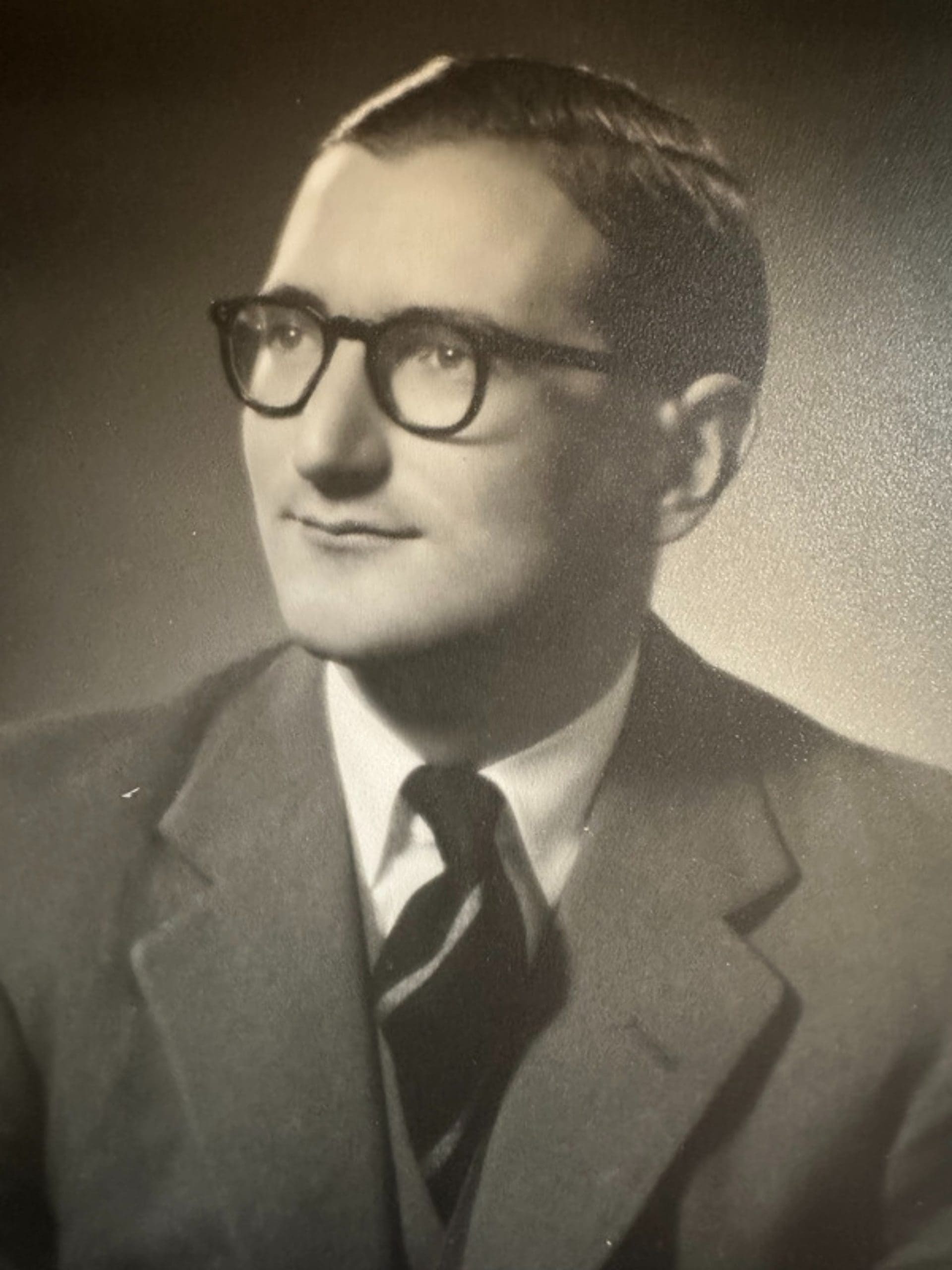
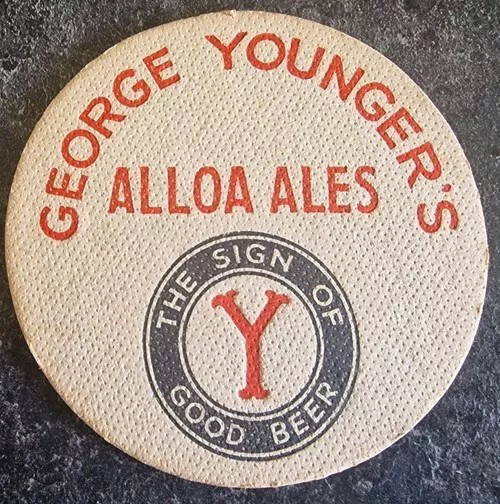
4. Discovering the brewing collections at the University of Glasgow
We are delighted to share the news that the brewing archives held by Archives & Special Collections are now fully discoverable online through our Collections portal.
Thanks to funding from the SBAA, our team were able to complete the task of making the full details of the around 170 collections relating to the Scottish brewing industry discoverable online. Much of this work had been undertaken by students on the University’s Information Management & Preservation course, but that extra Association funding provided the dedicated resource to tackle the remaining 40 collections that needed dedicated attention.
So, through Glasgow Collections (collections.gla.ac.uk), the records of Scotland’s brewers can be discovered, alongside the breadth of the University’s rich and diverse museum, archive, and rare book collections which span many centuries and cover all aspects of human life.
To get started, use the search box on the home page: you can be as specific or general as you wish. Enter the term ‘brewing’ to get the widest set of results; or be specific with the name of a particular company, ‘William Younger’ for example.
You can then refine and work through the results returned to discover the archives in detail. If there are collections that are of interest to you, you are welcome to visit us to consult them. Details of ways to get in touch or to book a reading room visit are available on our website (www.gla.ac.uk/asc).
A drinks industry source guide is available, providing direct links to the catalogue for each collection relating to beer and whisky in our collection.
Clare Paterson & Kath Roper-Caldbeck
University of Glasgow, Archives & Special Collections


You can either click on Glasgow Collections https://www.gla.ac.uk/collections/#/
or the Drinks industry source guide https://www.gla.ac.uk/collections/#/details?catType=N&irn=1816
Please try both methods to determine which method is best for you.
Some detailed instructions if you click on Glasgow Collections will be emailed to you as there is 5 pages of notes including screen images to assist you.
5. The ‘Gothenburg’ Experiment:
In the Scottish coal mining communities during the 1890s and early 1900s a social experiment was introduced, with a number of public houses known as ‘Gothenburgs’ or better known as ‘Goths’ were designed to control excess drinking and also to channel the profits towards civic improvements in their area.
The term ‘Gothenburg’ was derived from the Swedish city in the mid 1860’s where the concept of controlling excess drinking was first introduced.
The ‘Gothenburg’ system came to the attention of public house reformers in the UK and the more moderate elements of the Temperance movement.
Large private colliery companies became interested, as coal mining was a hard, dangerous and labour-intensive industry in which heavy drinking by the miners was the norm, resulting in accidents and lost working hours as a result. It was therefore in the mining company interests to provide an element of control. In addition, the revenues raised from sales could absolve the coal companies of the need to provide facilities in the mining communities. The ‘Goth’ was also an instrument of social control, maintaining the coal companies grip on the mining community.
With the decline in coal mining and colliery closures the ‘Goths’ no longer had a part to play in the community, although most of them survived as normal run pubs.
There are at least four known examples of ‘Goth’ pubs, near Edinburgh, although no longer under the control of the coal companies.
The better known ‘Goths’ are the Dean Tavern in Newtongrange and the Prestoungrange in Prestonpans. The Black Bull in Dalkeith was a ‘Goth’ which was opened in 1905 by the Dalkeith Public House and Improvement Society. More recently I found out that the Hunterfield Tavern in Gorebridge was also a ‘Goth’. In 1911 the licensee of the Stobhill Inn in Gorebridge was allowed to transfer the licence to the Hunterfield, with both pubs owned by the Arniston Coal Co.
The Hunterfield is supported by the Arniston Improvement Trust and has been renamed 119 Bistro, although it is not trading at this moment.

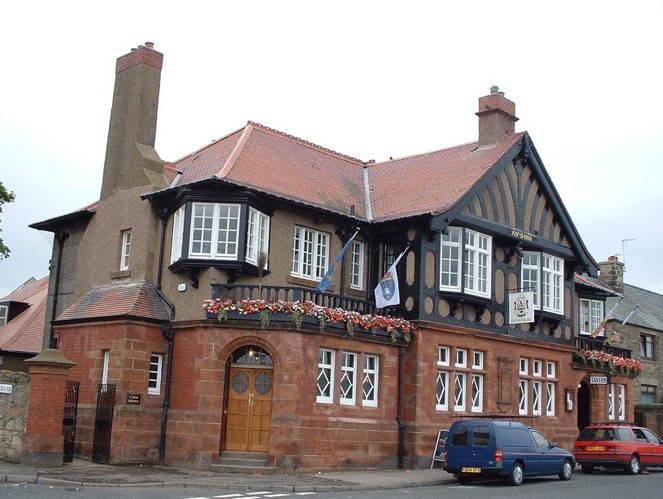


The ‘Goth’ pubs were all located in what was at one time a thriving coal mining area.
A good example is The Dean Tavern in Newtongrange which was a purpose-built village to house the workers and their families that worked in the nearby Lady Victoria Colliery and now the home of the National Mining Museum Scotland.
There were other ‘Goth’ pubs in Scotland, in Stirlingshire and Ayrshire and in Fife where the system took its strongest hold. Strong links between Fife and Sweden were established in the late 19th and early 20th century due to the supply of coal to Swedish railways.
If you have any further information on the ‘Goth’ pubs in Scotland please get in touch.
John Martin
Very grateful to SBAA members Bill Brown and Jim Waugh for providing information during my research.
6. A Day’s Research
by SBAA member Edd Mather.
Greetings All ,
I`ve recently been corresponding with our Chairman about the Owners and Operators of an Edinburgh Brewery at various points in it`s history ;
I jokingly added a post script to one of my emails, in which I bemoaned the lack of brewing records belonging to any of the companies whose breweries made up Edinburgh United Breweries (EUB).
This jocular reference spurred the thought. What happened to the evidence used at the trial of the Managing Director and Head Brewer in the 1930`s ( see ”The Edinburgh Beer Duty Fraud” SBAA Journal No.11 2011) ; I then typed in “ Brewing “ to the search box of the National Records of Scotland (NRS) Catalogue Website ; Lo and Behold about half way down the 1st page of entries was ,
“ CE 57 / 4 / 215 Bell`s Brewery , Brewing Journal 1923 – 1933 “ .
Other records of possible interest in the collections of National Records Scotland include the Sederunt Books of , Robert Stein, Brewer , Edinburgh ( 1820 – 1822 ) and Henry Bardner of Dunfermline to name 2 items .
After spotting the Bell`s brewing journal in the catalogue , I emailed the chairman who kindly sent some information on the EUB Duty Scandal , also kindly pointing out the booklet produced by John Pink for HMRC as a training guide .
After e-mailing the team at Register House to confirm the Bell`s journal wasn`t a mis catalogued copy of the John Pink booklet. They were kind enough to reply with a detailed description of the contents,
Which left me with little doubt as to the nature of the contents of CE 57 / 4 / 215 ;
I promptly booked my appointment with the team at NRS through their Catalogue website .
On arrival at the archives , I was directed to the locker room by a friendly attendant ;
I then made ready for my first visit to Register House , I walked through the magnificent rotunda room ;
Entering the vestibule with a double staircase which leads to the first floor reading rooms where researchers can examine both original and E Copies of documents relating to Scotland`s past. A Team Member
kindly directed me to the desk where I completed the NRS Card registration process , a few short minutes later and I was at the desk assigned to me , waiting with baited breath for the arrival of the Journal I`d travelled from Lancashire to examine .
Photo of the Cover : CROWN COPYRIGHT , National Records Scotland CE 57 / 4 / 215
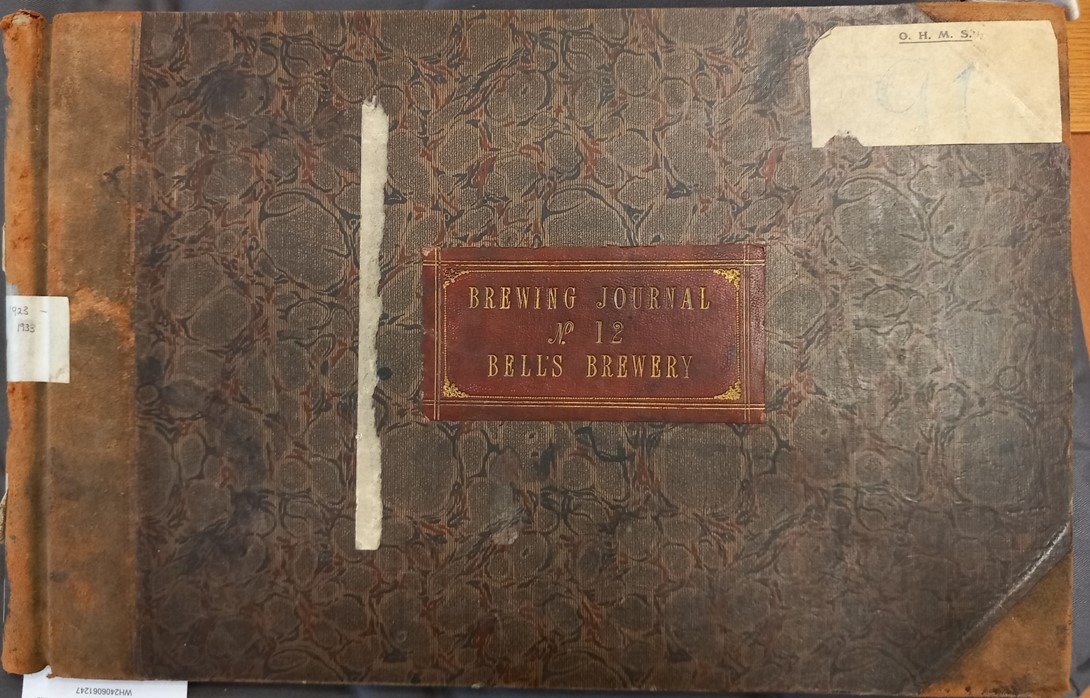
01 / 11 / 1923 – 31 / 12 / 1923
03 / 01 / 1924 – 30 / 06 / 1924
01 / 05 / 1929 – 11 / 07 / 1929
01 / 07 / 1930 – 09 / 07 / 1930
01 / 09 / 1932 – 28 / 12 / 1932
05 / 01 / 1933 – 22 / 12 / 1933
The Journal’s pre printed columns are laid out conventionally , including Brew No , Malts and Grist details, Mash Heats and Copper Collection gravities and interestingly, weather and outside temperature. Also given are Copper and Dry Hops used in each brew .


CROWN COPYRIGHT , National Records Scotland CE 57 / 4 / 215
I believe this could well be the infamous journal kept in a locked drawer, this begs the further question of , what happened to the other Brewing Books and records which would have been used at the High Court trial of the Head Brewer and another Director In 1935 .
I`ll be looking at the beers brewed in more detail over the next few months and update members accordingly,
Here`s a handy table of beers entered up in the 1923 – 1933 Brewing Journal
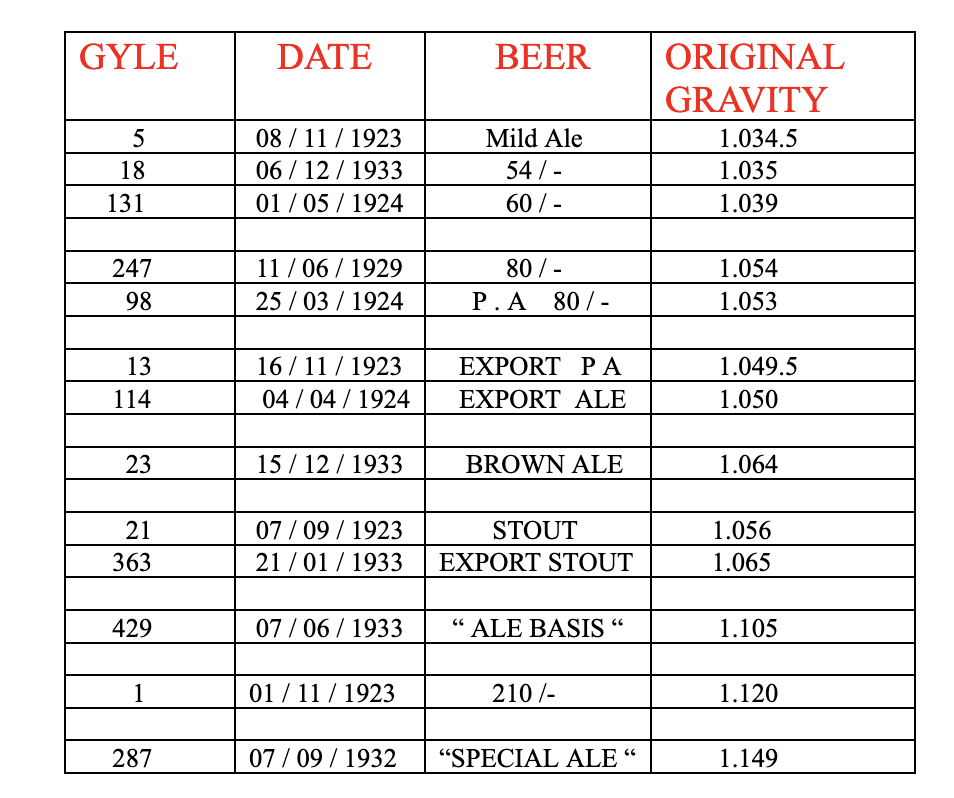
If any readers of this month’s newsletter are aware of any Brewing records from Breweries in Scotland Edinburgh in particular or from emigré Scottish brewers in far flung parts of the globe ( 1 ) in private collections or corporate archives and are able to arrange remote or , in person access ,I’d love to hear from you. You can get in touch with me @ beerhistorybloke@gmail.com ,
1 ) e.g.: The career ( In New Zealand) of Robert Whitson , Yard Heads Brewery , Leith after he left Leith/ Edinburgh in the mid – late 1850’s, See Blogpost Link ;
https://beerhistorybloke.blogspot.com/2023/07/the-beers-of-robert-whitson-leith-1850s.html
2 ) a 1923 E U B Mild Ale Recipe :
https://beerhistorybloke.blogspot.com/2024/06/edinburgh-united-breweries-ltd-mild-ale.html
7. Last Runnings
![]() ANNUAL SBAA FEES REMINDER – For the majority of established members, and excluding new members , you will receive an email early September asking you to renew your membership BEFORE the end of the month. Like recent years the payment system is provided by “MoJo”. It will ask for your details and you make payment using the on screen prompts. The system is easy to use and secure and is the preferred method for renewing your membership. Please respond PROMPTLY on receipt of the reminder.
ANNUAL SBAA FEES REMINDER – For the majority of established members, and excluding new members , you will receive an email early September asking you to renew your membership BEFORE the end of the month. Like recent years the payment system is provided by “MoJo”. It will ask for your details and you make payment using the on screen prompts. The system is easy to use and secure and is the preferred method for renewing your membership. Please respond PROMPTLY on receipt of the reminder.
![]() NEXT SBAA EVENT – THURSDAY 5th Sept. Following on the success of recent historical brewery walks. The last of the Edinburgh brewing heritage walking tours is planned for Thursday the 5th September. The walk is Edinburgh Southside Part 2, meeting outside the National Museum on Chambers Street and departing at 6pm. If you wish to attend, please contact our Secretary, Ivor Reid secretary@scottishbrewingarchive.co.uk by no later than the 15th August.
NEXT SBAA EVENT – THURSDAY 5th Sept. Following on the success of recent historical brewery walks. The last of the Edinburgh brewing heritage walking tours is planned for Thursday the 5th September. The walk is Edinburgh Southside Part 2, meeting outside the National Museum on Chambers Street and departing at 6pm. If you wish to attend, please contact our Secretary, Ivor Reid secretary@scottishbrewingarchive.co.uk by no later than the 15th August.
![]() Warm welcome to new member Rebecca McKinlay.
Warm welcome to new member Rebecca McKinlay.
![]() Remember and send in any articles or interesting photos, next newsletter October.
Remember and send in any articles or interesting photos, next newsletter October.
![]() Following great service , several people asked for details of the minibus company that the SBAA booked for the visit to John Reade’s home last month. Ben Palmer was our driver.
Following great service , several people asked for details of the minibus company that the SBAA booked for the visit to John Reade’s home last month. Ben Palmer was our driver.
Correspondence to the SBAA Secretary secretary@scottishbrewingarchive.co.uk
SBAA Newsletter No. 60 – July 2024
